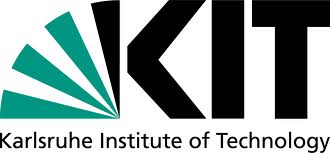FOR 1993 - Subproject GM3
Subproject GM3: Mathematical optimization of operating conditions in chemical energy conversion in piston engines
This project deals with the production of useful basic chemicals such as synthesis gas (hydrogen and carbon monoxide) and olefins from chemical feedstock such as natural gas in a piston engine, in particular in an internal combustion engine. The numerous combinations of initial conditions (feed gas composition, inflow temperature and pressure) and boundary conditions (time-dependent temperature and pressure, residence time) in chemical conversion inside a piston engine makes the detailed experimental investigations of a wide range of parameters very difficult and cost and time consuming. However, time-dependent concentration profiles can be computed for a given set of initial and boundary conditions when elementary-reaction mechanisms are applied in the chemical models. Hence, conversion and product selectivity can be numerically predicted. Due to the huge number of possible combinations of all external parameters, the number of simulations needed to cover all those possibilities is far from being tractable.
The objective of this project is the mathematically-based optimization of the reaction engineering in the conversion of chemical energy carriers under piston-engine conditions. From a chemical point of view, we will start with the investigation of higher (C2) hydrocarbons from natural gas (methane) at high pressure and temperature at transient conditions. The following methodological route will be conducted: Elementary-reaction mechanisms will be used for the numerical simulation of the chemical process in a piston engine with homogeneous mixtures. Taking the boundary conditions of a piston engine into account, the numerical simulation will be coupled with a mathematical optimization tool. This newly developed numerical tool will be applied to find the optimal conditions, at which the desired product yield is maximized while the formation of undesired side products and the energy need are minimized. Inlet conditions, i.e. feed gas composition, temperature, and mass flux and the coupled boundary conditions such as pressure, volume, and temperature as function of time are used as control parameters. The results will show the most efficient range of parameters for the technical realization and will support evaluation of the potentials of a piston engine for the conversion of chemical energy carriers.



